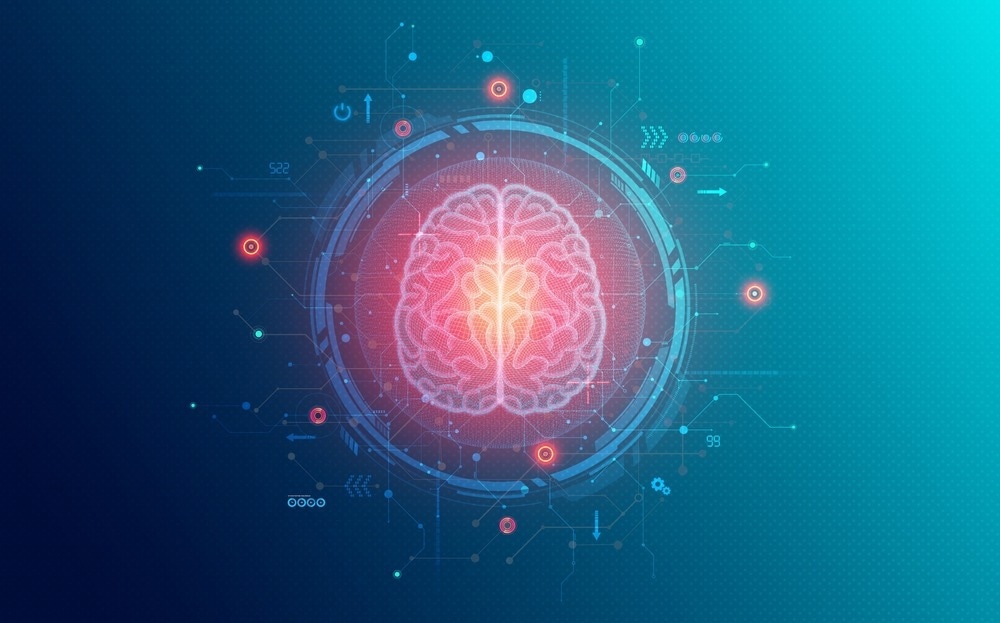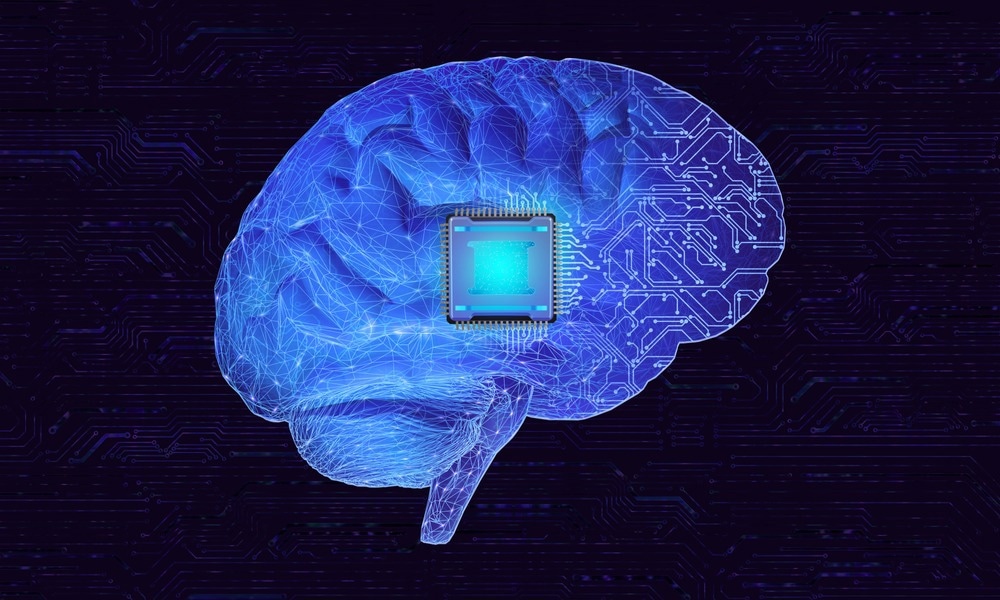Nanotechnology has been spearheading innovative advancements in many fields, from electronics to medicine. The use of nanotechnology for improving brain implants would be revolutionary for the field of neurology and patient health.
Image Credit: Dana.S/Shutterstock.com
Advancements in brain implant technology include neurostimulators that can be used for the treatment and management of neurological conditions such as Parkinson’s Disease and epilepsy. This article will provide an overview of how nanotechnology could be used to advance brain implants and how this may help in the treatment and symptom management of neurological disorders.
Brain Implants
Brain implant technology, which includes neurostimulators, is a rapidly growing area of research that could treat neurological diseases such as Parkinson’s, epilepsy and even treatment-resistant depression. Neural implants traditionally require and utilize infraclavicular implanted electronics as a powering tool, which are typically bulky in nature and need long leads to connect to the implant, which is susceptible to infection and breaking.
However, there have been developments in this research area, such as through miniaturization, being self-powered and having wireless power transfer. Doing so creates inconspicuous wireless micro-implants with no requirement for batteries or leads.
Current brain implants in development include advanced functionality such as improvements in neural sensing and being stimulated to pressure. Other challenges encompass safety, the risk of migration from the original implanted site that can cause neurological damage, as well as contact with neural tissue that can cause neurotoxicity over time.
Nanotechnology In Brain Implants
Brain implants, as the name suggests, are foreign to the body, implanted in patients to aid in stimulating the brain to alleviate or reduce symptoms such as Parkinson’s Disease. As a result of being foreign to the host, brain implants can stimulate biochemical pathways that can cause molecular and cellular responses, ultimately resulting in the device’s failure.
Carbon nanofibers can be used in brain implants due to their remarkable conductivity as well as their ability to reduce astrocyte function, which are scar-forming glial cells. A reduction in glial scar formation with carbon nanofibers has the potential to maximize and increase brain implant function for patients.
Additionally, the nanomaterial, graphene, has also been shown to have potential when incorporated in electrodes, with researchers integrating graphene with neurons to create graphene-based electrodes. This technology aims to restore sensory functions for amputees, patients who suffer from paralysis, as well as those with motor neuron disorders.

Image Credit: ArtemisDiana/Shutterstock.com
Other research into brain implants that incorporates nanotechnology includes the development of ultra-flexible cortical and intracortical implants that aim to perform large-scale recording and stimulation of the brain. This research is under development by the BrainCom project with the objective of restoring speech and communication in aphasic patients with damage to the upper spinal cord, brainstem, or general brain damage.
Research into advanced electrocorticography (ECoG) technology by this company has the potential to overcome current limitations of existing technologies, including fMRI and EEG, which are effective in indicating neural signals related to speech but work too slowly and at a low resolution. This is significant as these obstacles mean current technology may not be as useful in a situation where conversations are carried out at a fast pace.
Using electrodes placed on the cerebral cortex can enable high-resolution electrical activity to be read from the brain at an accelerated rate. Using these electrodes in regions related to speech as part of novel ECoG technology can be significant for decoding articulatory-related activities. With information recorded using BrainCom ECoG arrays, the decoding of speech would be completed with a high level of accuracy for patients with aphasia.
Future Outlook
With the advancements in nanotechnology, the remarkable properties of nanomaterials enable fields such as medicine to be developed further, such as the innovative use of these materials in brain implants.
Neurological disorders are considered to be the second leading cause of death after heart disease worldwide, as well as being the main cause of disability. The significance of advancing brain implant technology includes the treatment application for patients suffering from multiple brain-related damages and injuries, from paralysis and amputees to those with neurodegenerative disorders such as Parkinson’s Disease and epilepsy.
With such a high global burden of disease and the increasing number of people that are impacted with neurological disease that affects the quality of life for an aging population, the innovation in brain implants would be revolutionary for patients worldwide.
Continue Reading: How Graphene Implants Could be Used to Treat Brain Disorders
References and Further Reading
BrainCom. Available at: http://www.braincom-project.eu/
Carroll, W.M. (2019). The global burden of neurological disorders. The Lancet Neurology, 18(5), pp.418–419. doi.org/10.1016/s1474-4422(19)30029-8
Current challenges of neural nanotechnology: Developing brain-implants. Shaping Europe’s digital future. Available at: https://digital-strategy.ec.europa.eu/en/news/current-challenges-neural-nanotechnology-developing-brain-implants (Accessed October 10, 2023)
Dabbour, A.-H., et al. (2021). The Safety of Micro-Implants for the Brain. Frontiers in Neuroscience, 15. doi.org/10.3389/fnins.2021.796203
Fabbro, A., et al. (2016). Graphene-Based Interfaces Do Not Alter Target Nerve Cells. ACS Nano, 10(1), pp.615–623. doi.org/10.1021/acsnano.5b05647
Kozai, T.D.Y., Jaquins-Gerstl, A.S., Vazquez, A.L., Michael, A.C. and Cui, X.T. (2014). Brain Tissue Responses to Neural Implants Impact Signal Sensitivity and Intervention Strategies. ACS Chemical Neuroscience, [online] 6(1), pp.48–67. doi.org/10.1021/cn500256e
Kumar, A., et al. (2017). Nanotechnology for Neuroscience: Promising Approaches for Diagnostics, Therapeutics and Brain Activity Mapping. Advanced functional materials, [online] 27(39). doi.org/10.1002/adfm.201700489
Vidu, R., Rahman, M., Mahmoudi, M., Enachescu, M., Poteca, T.D. and Opris, I. (2014). Nanostructures: a platform for brain repair and augmentation. Frontiers in Systems Neuroscience, 8. doi.org/10.3389/fnsys.2014.00091
Zottel, A., Videtič Paska, A. and Jovčevska, I. (2019). Nanotechnology Meets Oncology: Nanomaterials in Brain Cancer Research, Diagnosis and Therapy. Materials, 12(10), p.1588. doi.org/10.3390/ma12101588


